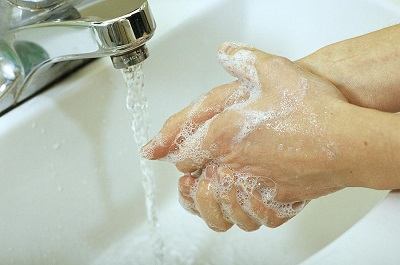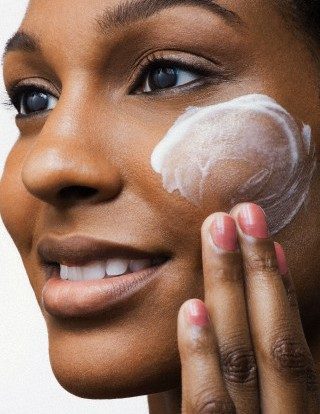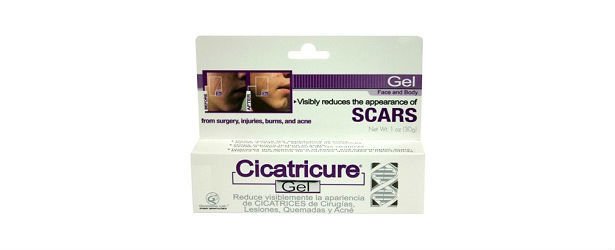
Preventive Care to Keep Nasty Scars away
Skin is your body’s main form of protection from invaders and damage. When you get a scar, your body is sealing up to protect your insides. Scars are the natural buildup of fibrous tissue formed from collagen. Collagen is released as soon as an injury occurs and the body works to close up the open area. Scars are unsightly and can be uncomfortable. The best way to prevent scars is to take action as soon as possible after an injury. Preventive care only takes a little time, and the benefits are worth it!
 Taking care of wounds properly is the first and most important part of preventive care. Keep the wound clean and dry. Flush new wounds with water, and make sure all dirt is removed from the wound bed. Clean daily with mild soap and water. Keep a sterile bandage over the wound to keep it clean.
Taking care of wounds properly is the first and most important part of preventive care. Keep the wound clean and dry. Flush new wounds with water, and make sure all dirt is removed from the wound bed. Clean daily with mild soap and water. Keep a sterile bandage over the wound to keep it clean.
You can use an antibacterial cream to prevent infection. After the wound closes, begin to apply a silicone-based gel to lock in moisture and encourage healthy tissue regeneration. Your body will send a constant stream of white blood cells to the area for quite some time. This causes the first fibrous tissue in the wound bed and shows up as a scab. They don’t look very good and can be itchy. Make sure you don’t pick at scabs, as this will cause more fibrous tissue to form and make the scar appear worse. This can also cause an infection in the skin.
Preventive Care For Different Types Of Scars
Scars are a natural part of healing even with small injuries. Every scar is different in size and the way they look. How you scar depends on your ethnic background, genetics, age, and health and where the injury is. Whatever the type of scar, it is important to start treatment right away to prevent it from getting out of control and to help the skin heal properly.
Some scars are very small, flat, and light in color. These can be covered, and treatment is very effective in reducing these minor scars. Other scars can be very red, raised, and possibly larger than the wound bed. These are known as either hypertrophic or keloid scars. They can be itchy and painful. Preventive care for these types of scars includes protecting the skin from any injury. Avoid piercings, and if you need surgery, let your surgeon know that you are at risk for keloid scars. If you do receive an injury, avoid any heavy lifting, exercise and strain on the skin areas.
No matter what type of injury you sustain, there is never a guarantee that you won’t receive a lasting scar. The best preventive care is to protect your skin and begin wound care immediately after an injury.
Scar Reduction
Scar reduction aims at preventing scars from becoming worse. Use a good sunscreen when going out in the sun to prevent discoloration to the scar tissue. Since scar tissue is a different color than the skin, tanning will make it stand out. Sunburns can also make scars look worse and increase the scar tissue when the sunburn heals.
You will also want to look into the numerous scar creams available that contain nutrients that can nourish scarred skin. Look for ingredients like cocoa butter, vitamin E, and aloe vera. Make sure scar creams do not contain a lot of water that dilutes the important ingredients. You can also try to cover the scar with a silicone gel sheet to lock in moisture during the healing process. Silicone products can reduce the redness, appearance and size of a scar.
During treatment, try a good concealer with a shade of green to balance out the redness. Yellow can help, but may not be good for darker skin tones. People with darker skin tones can try coloring their skin around the scar to help it blend in naturally. This procedure can be costly and is permanent, so liquid concealers are sometimes a better option.
Acne scars, pitted scars or chicken pox marks can be filled in with collagen injections. More than one treatment is required, and they are quite costly. Doctors can also inject steroids to reduce inflammation, fade redness, and help smooth and flatten the scar areas. These are quite costly and require multiple treatments.
To smooth the skin, also try microdermabrasion or dermabrasion. These treatments exfoliate the top layer of skin and flatten scar tissue. They can be done with a machine or a scrub with small granules a few times a week. There are kits that can be used at home, or the treatment can be done in a spa or dermatologist’s office.
Lastly, scar reduction can be done by surgery or laser treatments. These are very invasive and require some downtime. For these reasons, preventive care is very important at the beginning of an injury.
TOP 5
SCARTreatments |
|||||
| Scarinex | Talsyn-CI | Kelo-cote | Revitol | H-Scars | |
|---|---|---|---|---|---|
| 1 | 2 | 3 | 4 | 5 | |
| Price (1 bottle) Price (4 bottles) Best Value |
$49.95 $139.70 |
$39.95 $239.70 |
$99.99 $599.94 |
$39.95 $239.70 |
$69.95 $419.70 |
| Overall Rating | 99.40% | 82.20% | 74.90% | 70.30% | 67.60% |
| Performance* |





|





|





|





|





|
| Speed of Results* | Extremely Fast | Good | Average | Slow | Slow |
| Quality of Ingredients | Premium | Good | Average | Average | Unknown |
| Customer Satisfaction Evaluation | 99% | 80% | 70.60% | 68% | 65% |
| Safety Evaluation | Safe for Use | Safe for Use | Safe for Use | Safe for Use | Safe for Use |
| Customer Service Rating |





|





|





|





|





|
| Reorder Rate | Highest | Good | Average | Average | Average |
| Return Policy | Risk Free | Risk Free | No Guarantee | Unopened Only | Risk Free |
| Success Rate | 99.20% | 81% | 72% | 69.30% | 66.10% |

 Subscribe Now
Subscribe Now










